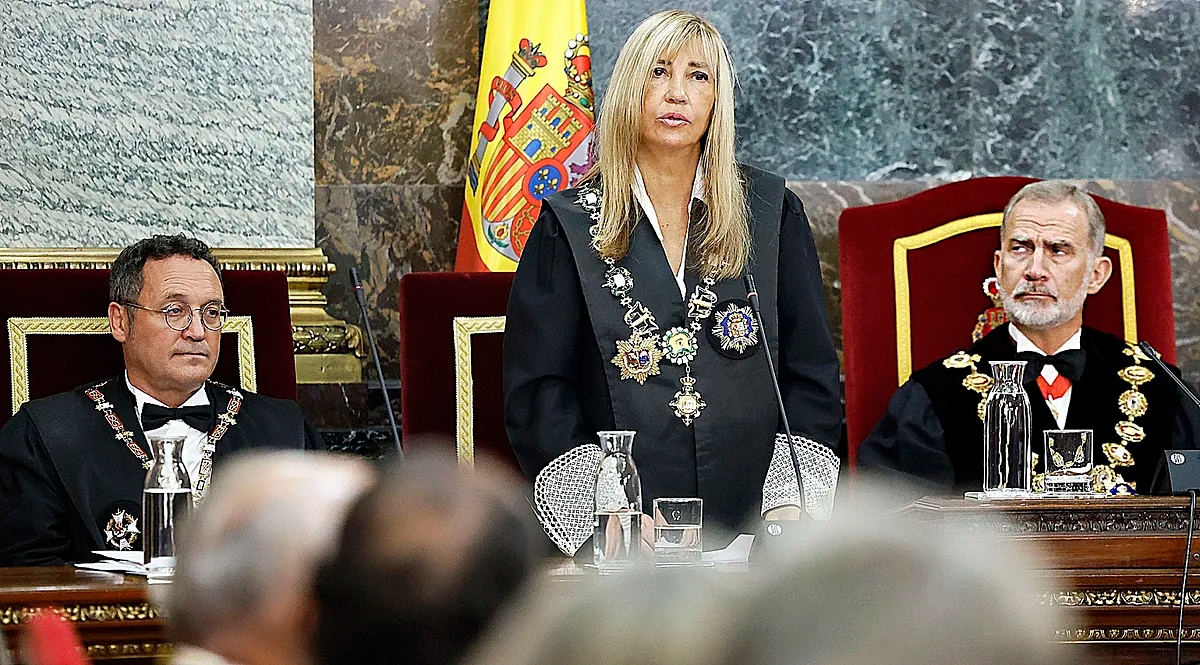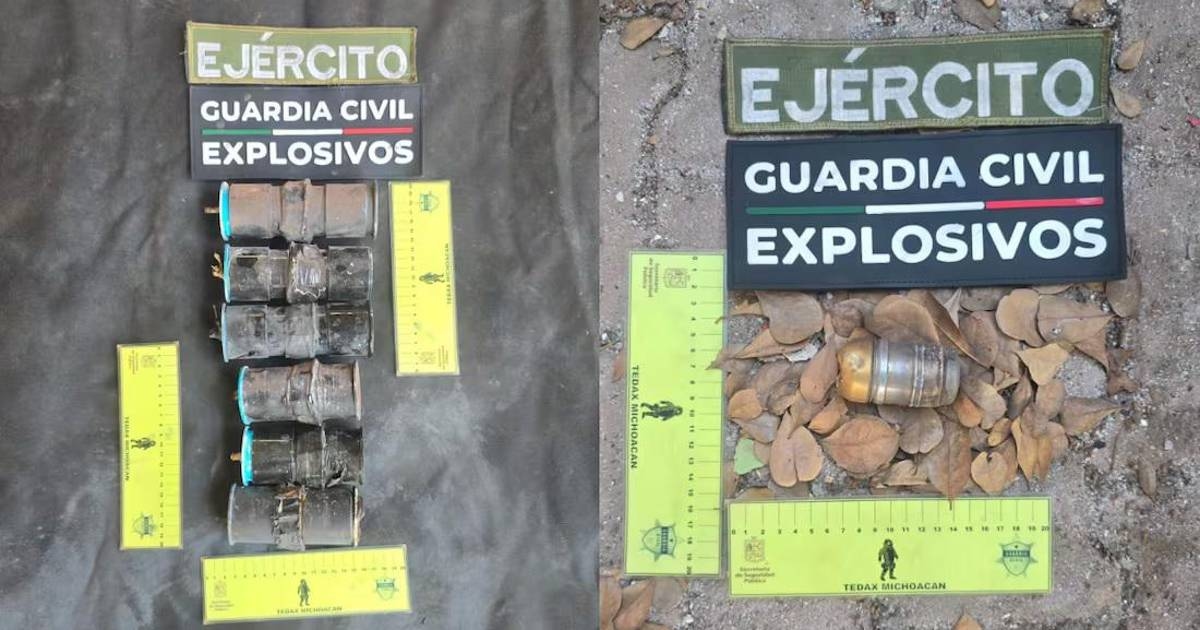Crypto Dollar Today: How Much Is the Dollar That Never Sleeps and That Predicts the 2025 After-Election Era?

In a week in which the dollar was once again one step away from the top of the floating band, the market is closely monitoring the outcome of today's election. And while traditional financial markets operate only during the week, the crypto ecosystem operates 24/7. This way, it's possible to know the economic pulse and the Argentine public's response to the election results in real time .
In the last hour, the cryptocurrency dollar's price rose 0.70%, standing at $1,435 at 10:15 p.m. Analyzing the last 24 hours, the drop is 8.74%. Another striking fact: for a long time, it seemed that more than 70% were trying to sell, while only 27% were buying. At 9 p.m., it reached 100% sales; at this time, 97% are selling. "There are many more users buying than selling, and we see many sell orders set at $1,540 or higher. We estimate that these may be users who bought at that level and want to recover their investment or who speculate on being able to earn a return," shared Julián Colombo, general director of Bitso Argentina, at 8 p.m.
“The initial data emerging online suggests a strong election for the ruling party. How did the market react? Since the polls closed, the market has been selling on Lemon, and cryptocurrency dollar trading volume tripled compared to the previous hour ,” said Andrés Vilella Weisz, director of treasury and markets at Lemon. “The peak in this last hour was predominantly selling (100%), marking the record for the hour with the highest stablecoin trading volume since November 2023 , the presidential election season.”
After closing Friday with the dollar close to touching the bottom of the floating band again, the official wholesale exchange rate traded at $1,491.72, up $5.85 or 0.39% on the day, while the retail rate was at $1,515, up $10 compared to the previous close (+0.7%). However, according to analysts, the exchange rate may have been contained during the week by interventions by the U.S. Treasury.
What happened to the crypto dollar? Meanwhile, stablecoins like USDT or USDC are pegged one-to-one with the US dollar . They are cryptocurrencies whose value is linked to another asset, as they seek to avoid the high volatility that characterizes other cryptocurrencies like Bitcoin. Because their value is tied to that of a real asset, they are more stable. However, "their price is determined by supply and demand, and since they are traded 24/7, their price will fluctuate today depending on how many people buy and how much they sell," explains Villela Weisz.
According to Lemon, Argentina's most widely used exchange by active users (which also developed a platform where you can track the cryptocurrency dollar price in real time on election day ), Tether is trading at $1,435 today at 10:15 p.m. Since the start of the day, it has remained stable at $1,572.5, with a slight increase at 2:30 p.m. to $1,577.5, and has been declining since 3:00 p.m. After peaking at 9:00 p.m., it rose slightly again, although it fluctuated. Compared to Friday, when it closed at $1,552, it is down $117.
"This makes it a true thermometer of the political climate . It doesn't just reflect what's happening in other markets, but rather anticipates what will happen on Monday when the MEP, CCL, and official dollar exchange rates open," said Mariel Lang Sáez, a financial analyst.
Indeed, when there are elections in Argentina, political uncertainty results in exchange rate risk: in other words, demand for dollars increases, seeking refuge in that currency, and the likelihood of the exchange rate fluctuating increases. In the case of the last elections, which took place on Sunday, September 7 of this year, after the government's defeat, the price soared, reaching around $1,450. According to data from the Bitso exchange , the price started that Sunday at $1,380, peaked at around $1,450, and by 9:45 PM was trading at around $1,420.
Something curious this week is that the historical pattern of pre-election accumulation changed: on Tuesday, October 21, the crypto dollar was trading at $1,586, below the CCL and the MEP, when it historically trades at a premium, "but the most striking thing wasn't the price, but the direction: there were people selling, not buying ," explains Lang Saez, although he clarifies that there was heterogeneous flow in the exchanges : Lemon and Ripio reported outflows on Tuesday and Wednesday, while Binance and Bitso bought. Among the reasons to explain this dissimilar behavior, he points to the proximity to the end of the month and the possibility that some users have sold crypto dollars to cover expenses in pesos; he also alludes to the fact that there may be a migration towards bitcoin, given that it has accumulated a 62.35% increase in the last year, which is why many holders are rotating from stablecoins to bitcoin as an investment asset, not just a preservation one.
For his part, Facundo Werning, Agora's director for Latin America and former expansion manager at Tether, explains that he observed during the week that " the crypto dollar , such as AUSD, the tokenized dollar stablecoin from Agora Finance, was on the rise against the peso in anticipation of an uncertain election ." In other words, this implies that people were buying more crypto dollars during the week, as a safeguard or anticipation of what might happen on Sunday.
Bitso reports that its lowest price in October was around $1,400, and it peaked at around $1,600 at the beginning of this week. However, the price has experienced some volatility in recent days.
"During election days, the crypto dollar quickly reflects changing expectations. We expect greater variance and spreads, especially on Sunday night with the results," shares Villela Weisz.
Other market analysts believe that a victory for the ruling party would be negative for the crypto dollar, as it would likely decline . At the same time, it would be positive for the peso, as it would strengthen against the dollar (its value would increase).
“In the context of the national elections on October 26th, and given the growing pressure on the dollar along with the announcement of policies to contain it, the crypto dollar will likely play a central role on Sunday. Many eyes will be focused on its movements, in an attempt to predict how the markets might react the following day ,” shares Julián Colombo, CEO of Bitso Argentina.
They add that there has been some volatility in recent days, "something that responds mainly to expectations surrounding the elections, a factor that historically drives demand for hedging assets . In contexts of uncertainty, the crypto dollar is once again consolidating itself as an early indicator of the market and a flexible alternative to protect value against the volatility of the peso," Colombo adds. They explain that they expect the upward trend to continue, with possible variations as the results are known , and with a trading volume similar to that of previous elections, which include greater movement than a typical Sunday, comparable to that of an average business day.
The experts consulted agree that during an election day, when uncertainty reigns, Argentines tend to turn to cryptocurrency to safeguard the value of their savings. In fact, according to the latest Crypto Panorama prepared by Bitso, during the first half of the year, nearly 85% of purchases were in stablecoins such as USDT and USDC, while Bitcoin accounted for around 4%.
lanacion






